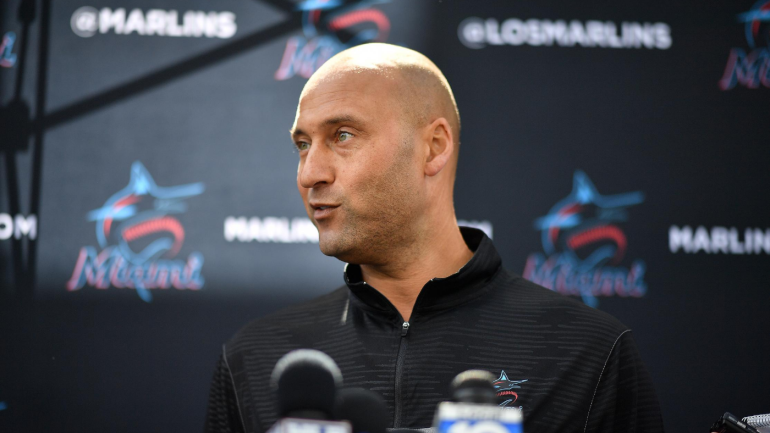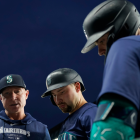
The Miami Marlins have not played a game since last Sunday due to a team-wide COVID-19 outbreak that resulted in 18 players testing positive throughout the week. The Marlins have not had any positive tests over the last two days, however, and Major League Baseball set their return to the field for Tuesday vs. the Orioles. Marlins players who contracted COVID-19 will need two negative tests at least 24 hours apart before returning to action, so Miami's lineup and roster will look different on Tuesday in Baltimore than they did July 26 in Philadelphia.
While the exact parameters of Miami's outbreak are unknown, it seems that the Marlins' front office is in the process of rebuilding at least a segment of its roster -- in part because it has no choice. They made a trade early Saturday, acquiring left-handed reliever Richard Bleier from the Baltimore Orioles in exchange for a player to be named later.
Bleier is the fourth pitcher the Marlins have acquired through trade or waivers this week, joining Justin Shafer, Josh D. Smith, and Mike Morin. (Keep in mind, these pitchers have had little say in joining the team that, at least so far, has been hit the hardest by the pandemic.)
So what should the Marlins and their fans expect from the new additions? Here's a quick scouting report on some of the new Miami arms.
Richard Bleier, 33, has had the most success of anyone in the quartet. From 2016-18, he made 111 appearances and notched a 1.97 ERA. He's been limited to 55 appearances since the onset of the 2019 season, and hasn't been nearly as successful. Bleier doesn't throw hard and relies on generating soft groundball contact. He's coerced at least 55 percent grounders in each of his big-league seasons, according to Statcast.
Mike Morin, 29, has a career 87 ERA+ but continues to find work thanks to solid underlying numbers, including a 3.25 strikeout-to-walk ratio. Last season, that ratio had more to do with a lack of walks (1.8 per nine) instead of a ton of strikeouts (4.6 per nine). Morin pairs a low-90s fastball with a slow changeup that often arrives in the low-70s. Opponents hit .138 versus the parachute piece with an 84.4 mph exit velocity-against in 2019. Managing contact by keeping batters off-balance is the key to him remaining employable.
Josh D. Smith, 30, is in his second stint with the Marlins, having finished last season with the club following a waiver claim from Cleveland. (The Cincinnati Reds then claimed him off waivers in October.) Smith's fastball only averages 90 mph, but might be sneaky effective thanks to a spin rate that placed in the 99th percentile in 2019. He has a crossfire delivery and a low three-quarters/sidearm release point, suggesting he should be tough against left-handed hitters.
Justin Shafer, 28 come mid-September, has a 3.75 ERA (121 ERA+) in 40 career appearances. Pretty good, so why was he available on waivers? Because of his wild tendencies. Shafer has walked 32 batters in 48 innings, a rate that equals six per nine innings. To his credit, he's shown he can evade bats with a high-spin mid-90s fastball and a mid-80s slider.






























